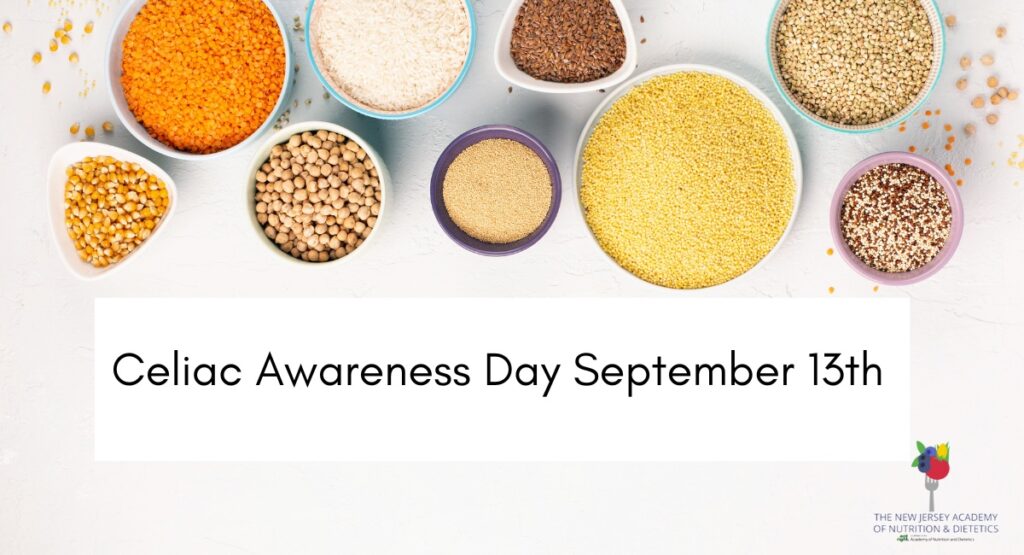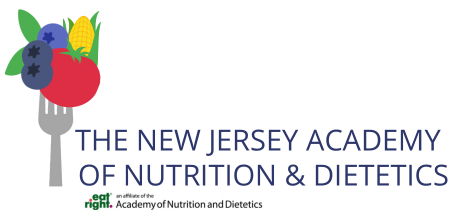Chances are, you’ve heard of gluten before, but what about celiac? Celiac is an autoimmune condition characterized by damage to the small intestine—specifically, to the fingerlike projections (called villi) that line it and aid in nutrient absorption1. Every year on September 13th, National Celiac Disease Awareness Day encourages us to support those with the auto-immune disease affecting 3 million people. This month’s blog post will go into the specifics of celiac and help to bring further awareness.

According to the Celiac Disease Center at the University of Chicago, there are over 200 associated symptoms including abdominal bloating, changes in bowel habits, joint pain, malnutrition, vitamin deficiencies, unintentional weight loss or gain, fatigue, depression, and anxiety. It’s also possible for a person to be asymptomatic2, though this doesn’t mean the small intestine is left unscathed, nor that consequences will not present in the future. For example, the first indication of deeper, intestinal damage may be when issues such as osteoporosis and anemia develop.
Furthermore, symptoms are similar to those seen in other gastrointestinal diseases, making the diagnosis more challenging; however, once detected, celiac disease can be treated. For someone diagnosed with the condition, a gluten free diet is essential to prevent further deterioration, for symptom relief, and to allow the small intestine to heal.
Because of the havoc undiagnosed celiac disease can wreak on the body, earlier diagnosis (via endoscopy) and transition to a gluten free diet are essential. Treatment revolves around dietary changes and nutrition education, highlighting the role of the registered dietitian. Dietitians should be well-versed in the nuances of the condition in order to advise patients needing to avoid the protein found in wheat, barley, rye, and malt.
Unfortunately, it’s not as simple as eliminating gluten-containing foods. Someone with celiac disease may already present with nutrient deficiencies as well as additional intolerances (i.e., lactose) due to the damaged villi. Additionally, following a gluten free diet poses the risk of developing nutrient deficiencies—particularly of the B vitamins3, which are found in several gluten-containing grains and cereals.
Gluten free products are often lower in fiber, certain vitamins, and certain minerals compared to their wheat and gluten-based counterparts. This is due in part to the fact that processing removes a lot of these nutrients. While foods are typically enriched or fortified for this reason, gluten free products are not held to the same standards. Instead, these foods end up being higher in sugar, fat, or calories to make up for the missing properties that gluten would typically provide. Therefore, it’s not advisable to rely solely on gluten free alternatives to supply adequate nutrition, not to mention, they are also more expensive.
It’s still possible to consume a well-rounded diet of naturally gluten free foods (such as plain fruits, vegetables, meat/poultry/fish, beans, legumes, nuts, seeds, and gluten free grains like rice and corn), doing so can be more challenging.
Another related consideration for those with celiac disease is avoiding cross-contact. It’s often necessary for families to designate separate cooking utensils/equipment specifically for preparing gluten free foods and becoming aware of potential hazards in a kitchen. For example, potatoes (which are naturally gluten free) would not be safe for someone with celiac disease if they are cooked in the same fryer as gluten-containing foods.
Dietitians can help their patients plan ahead when eating out, as well as ensure they are getting a good variety, adequate nutrition, and satisfaction from their meals. Food is not only fuel, but also a means of connection, celebration, and enjoyment—aspects that should not be overlooked when counseling individuals with dietary restrictions.
Luckily, there are many tasty options as the availability of gluten free alternatives has increased substantially over the past several years. Navigating a gluten free lifestyle with celiac disease is possible; a registered dietitian will be able to identify any nutritional gaps and help make the transition easier.
Written by Taylor Wallach, RD
Sources:
[1] What is celiac disease? Celiac Disease Foundation. Accessed August 7, 2023. https://celiac.org/about-celiac-disease/what-is-celiac-disease/.
[2] Frequently asked questions about celiac disease. UChicago Medicine. Accessed August 7, 2023. https://www.uchicagomedicine.org/conditions-services/gastroenterology/celiac-disease/faq-celiac-disease.
[3] Gerszberg D. Nutrient deficiencies and the gluten free diet. Columbia Surgery. Accessed August 7, 2023. https://columbiasurgery.org/news/2015/11/18/nutrient-deficiencies-and-gluten-free-diet.



